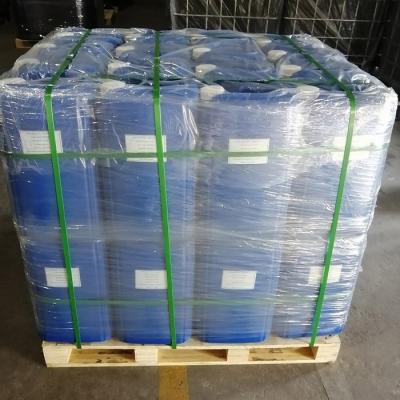N,N-Dimethyl Acrylamide

CAS No. | 2680-03-7 |
ENCS(JAPAN) | 2-1017 |
TSCA(US) | Registered |
EINECS | 220-237-5 |
REACH | Registered |
UN No. | 2810 |
| 2 | 3 |
| 2 | 3 |
Product features
DMAA/NNDMA is easily polymerized by the free radical process using BPO and AIBN ,etc.,as initiators.And co-polymerized readily with styrene,methyl methacrylate, acrylonitrile methacrylate and various other monomers.
Applications
DMAA can be applied in various fields as follows:
UV/EB curing resin
UV adhesive
UV coating and paints
Fiber and Plastic amelioration
Flocculants for water treatment
Oil recovery Polymer
Treatment for Fibers and Papers
Photographs Materials
Pharmaceuticals and Cosmetics
Characteristics
Excelling in compatibility, NNDMA dissolves in all solvents except n-hexane.
As DMAA readily copolymerizes with other vinyl monomers, different copolymers that vary in DMAA content can be obtained.
DMAA homopolymers exhibit high hygroscopic and anti-static properties although it is non-ionic substances.
In the presence of a persulfate, crosslinking reaction between DMAA and acrylamide proceeds in a aqueous solution of a DMAA-acrylamide copolymer due to dehydrogenation of N-substituted methyl groups.
Typical properties
Chemical formular | C5H9NO |
CAS No | 2680-03-7 |
Molecular weight | 99.133 g/mol |
EINECS | 220-237-5 |
Refractive index (n20 D) | 1.4723 |
Gravity(n20 D) | 0.964 |
Viscosity | 1.5cP(25℃) |
Flash point | 75℃(Cleveland) |
Freezing temperature | <-40℃ |
Solubility | Soluble in water and organic solvents and insoluble in n-hexane |
Hygroscopicity | Absorbs water substantially when exposed to open air |
Tg (Homo-polymer) | 119℃ |
Boiling point | 171-172℃ /760mmHg |






